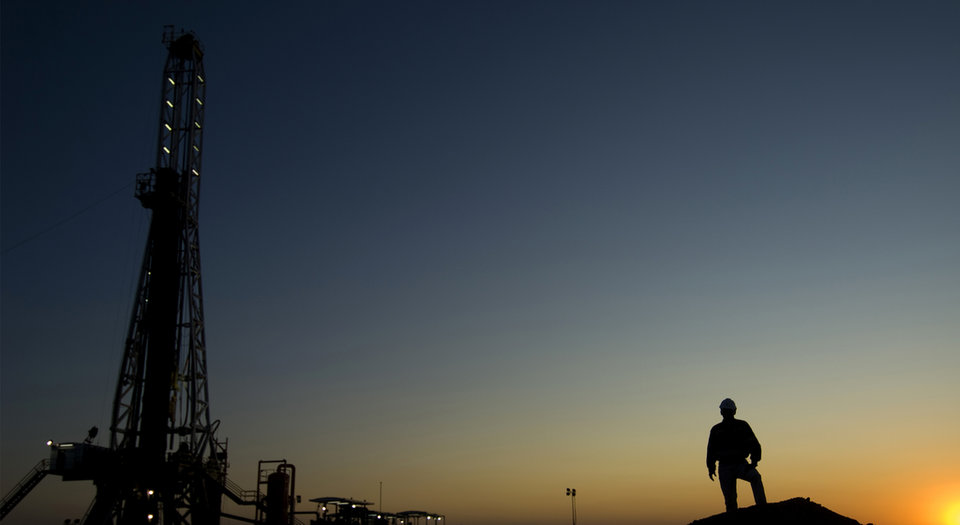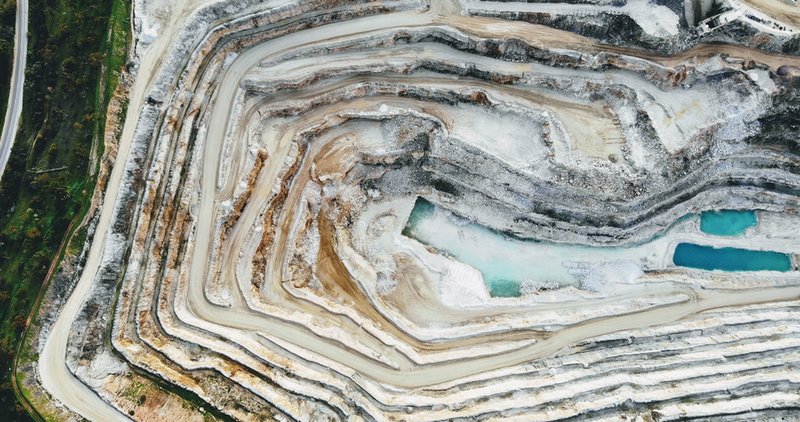
PRODUCTION
Steady on: how Australian mining is navigating uncertain times
The Australian mining sector fared well at the peak of the pandemic, with few shutdowns and minimal comparative disruption to production. But, Heidi Vella asks, as uncertainty continues and a global recession takes hold, what lies in store for the sector?
A
s almost every other industry shuttered its doors due to Covid-19 restrictions, Australia’s miners trooped on, having been granted ‘essential’ status. Firms and their employees proved their adaptability and quickly implemented operational changes that allowed for remote working, social distancing, and new fly-in fly-out processes, without compromising on safety.
As a result, this key sector for Australia has seen only slightly weaker output and lower pricing. According to market researcher IBIS World, while significant contractions in the prices of coal saw revenue for the industry fell by an estimated 14.1% in 2019-20, recent months have seen strong iron ore prices, bolstered by a shortage of supply from Brazil, that have ultimately showed significant benefits for the sector. A swift post-pandemic recovery from China and a rally in gold price, as central banks printed money to combat the ongoing economic uncertainty, also strengthened the sector.
“Compared with most other sectors, Covid-19 has had only a slight negative effect on Australia’s mining sector, with some weaker output and lower pricing,” says Alen Allday, senior industry analyst at IBIS World.
While the sector has emerged from the peak of the pandemic largely unscathed, it now faces several emerging and intensifying risks. Uncertainty continues around the pandemic and a rapidly contracting global economy, which the World Bank estimates will shrink by 5.2% this year, is likely to dominate the industry’s plans.
Post-pandemic forecasts
During the 2020-21 fiscal year, the Western Australia state government expects iron ore prices to remain firm at an average of $64/t, despite Brazilian production resuming. However, in its recent 2020-21 budget, the federal Australian Government was less optimistic, forecasting iron ore price to fall to around $55/t. At the time of writing, prices were a lofty $122/t.
Furthermore, Western Australia’s ‘mini gold rush’ is expected to continue as long as the global uncertainty does, with just over A$209m being spent on gold exploration in the state in the June 2020 quarter - an all-time record, according to the Australian Bureau of Statistics.
The government expects mining exports to grow by 0.5% in 2020-21 and 4% in 2021-22.
Overall, the federal government also has high hopes for the sector, which accounts for around 15% of the country’s gross domestic product, stating in its recent fiscal budget that it expects mining exports to grow by 0.5% in 2020-21 and 4% in 2021-22. This growth is largely forecast because of “robust demand for iron ore from China”, with investment also forecast to grow at 5.5% this financial year.
However, IBIS reports that during the five years through 2024-25, overall revenue is expected to remain below the peak of A$306.9bn in 2018-19, due to weak economic growth as a result of Covid-19.

Potential challenges
The picture is not all positive, however. According to experts at legal firm Hogan Lovells, the sector faces risks from a possible second wave of infections, the push for an international inquiry into Covid-19 drawing threats of a trade backlash with China, and a potential fall in iron ore prices if a prolonged global slump in steel demand continues.
Furthermore, in recent months, diplomatic relations between China and Australia have deteriorated after China put trade actions against Australian barley, beef, and wine. China is Australia’s biggest importer; Australia exported $7.3bn of coal to China in the first six months of this year – up 8% on the same period last year - and the value of Australian exports of iron ore and concentrates to China rose 16% to $43bn.
Australia exported $7.3bn of coal to China in the first six months of this year.
However, recent reports that China is restricting coal imports from the country are worrying for the sector. S&P Global Platts reported that state-owned utilities and steel mills in China received verbal notice from China's customs to stop importing Australian thermal and coking coal with immediate effect.
The Minerals Council of Australia (MCA) has downplayed these reports. Allday says that the issue is “being addressed by government delegates.”
Countering climate risks
KPMG’s Australian Mining Risk Forecast for 2020-2021, released in July, which surveyed mining executives, found that they are concerned about trade war risks (35%), as well as the potential for economic downturn and uncertainty (35%).
However, the report authors note, beyond short-term risks such as Covid-19, “other risks will continue to persist and even amplify in the medium to long term”. These include, of course, climate change, which was listed as the number one risk by executives (46%). Commodity price risk was second.
There is growing consensus that a carbon price needs to be implemented.
Raging bush fires in New South Wales have posed an immediate risk to miners in the region, while China’s newly announced net-zero by 2060 ambitions must also raise concerns for the sector at large. In addition, KPMG outlines natural disasters, regulatory response, and changing community and investor sentiments as rising risks related to climate change.
Australia is, after all, the world’s largest exporter of metallurgical coal and the second-largest exporter of thermal coal. Allday says that to mitigate the climate risk, many mining companies have implemented, or are in the process of implementing, strategies to address climate change and other environmental challenges.
“BHP has been the largest company to put pressure on the MCA to be part of the push towards renewable energy and away from coal. There is also growing consensus that a carbon price needs to be implemented,” he says.
What does the industry need?
The MCA has been lobbying the government to adopt measures that it says would guarantee the recovery of the national mining sector. In a document titled 'Immediate Reform Priorities to Accelerate Economic Recovery', it says that “Lower taxes, faster project approvals, modern skills, and flexible workplaces will help the minerals sector make an even bigger contribution to both the national economy and regional jobs as Australia emerges from Covid-19.”
In particular, the document stated that Australia’s company tax rate of 30% is too high and not internationally competitive. “Future mining investment should not be put at risk by any move to increase the already high burden on the sector,” it added, possibly alluding to the temptation by the government to increase taxes to help with the country’s economic recovery.
In its submission to the Joint Standing Committee on Foreign Affairs, Defence, and Trade inquiry, MCA’s CEO Tania Constable had said that the industry needed “A$7bn in annual investment to maintain existing production”, adding that “reduced trade barriers and securing foreign investment” were paramount.
In its recent budget, the federal government opted to support skills, employment, and exploration in the sector. This included A$124.5m to fund an expanded Exploring for the Future programme, which is dedicated to exploring Australia's resource potential and boosting investment, and continued support for the JobMaker scheme that subsidises apprentice wages, among other things.
China’s demand will continue to be crucial for many Australian mining commodities.
However, going forward, Allday insists that Covid-19 is expected to be only a minor setback for the Australian mining sector and there aren’t any notable risks to its ability to attract investment, as the MCA suggests, or maintain production.
“Due to a stable political, economic, and social environment, as well as a highly skilled workforce, Australia has been a good place to invest for decades. This will likely continue in the aftermath of Covid-19. The ability of Australian mining firms to generally continue output over the past six months will be seen as a positive for foreign investors,” he says.
“Over the next five years, steady revenue and output growth is forecast for the mining sector. China’s demand will continue to be crucial for many Australian mining commodities.”